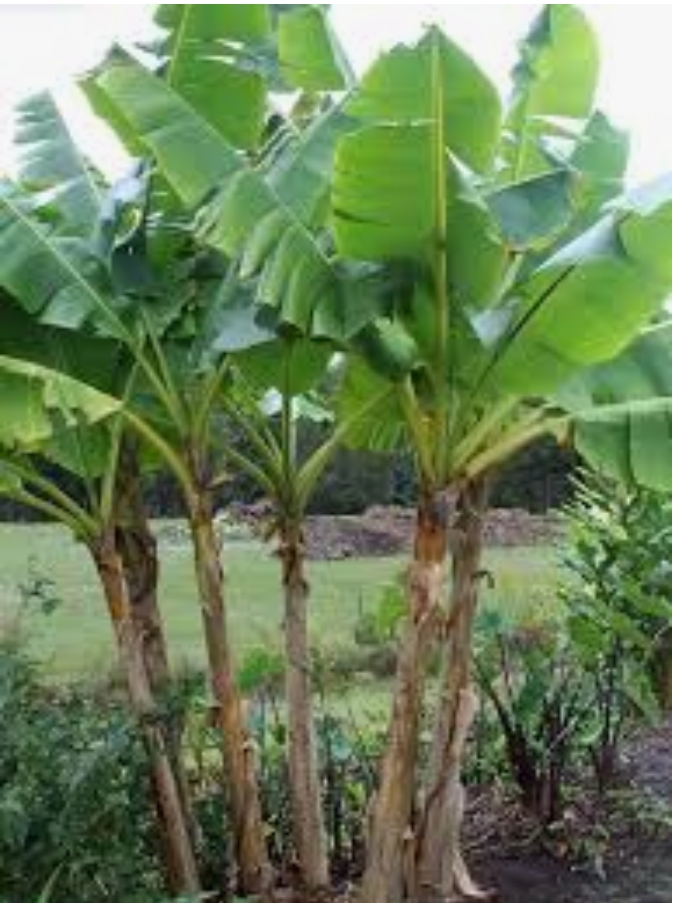Banana are not real trees or palm trees – often called banana palms – a perennial herb, with the bird of paradise flowers being a distant relative.
Originating in South-east Asia and the South Pacific, circa. 8000 to 5000 BC, bananas were the world’s first cultivated fruit.
Banana can offer benefits to a garden; as a windbreak or screen for privacy, and from the sun, with their huge soft leaves. They also make a stunning feature, or focal point.
Fertile soil will benefit the banana, mulch and chicken manure giving warmth and moisture, with shelter of other bananas a plus.
There are three main varieties of bananas; Cavendish, which you will recognise from your supermarket, Lady Fingers, a smaller, sweeter fruit and Plantains, cooking bananas, being drier and more starchy.
New leaves start growing inside the trunk, pushing up through the middle, rising from the centre of the crown, as does the purple flower – turning into a bunch of bananas!
A bunch of bananas are called a ‘hand’ – with each banana called a ‘finger’.
It takes the banana around seven months to grow and produce a flower, with an additional two months for the fingers of bananas to grow and ripen.
Once fruited the mother plant will die; around the base there will be many baby plants – suckers or pups – to grow another plant from.
Remove any dead leaves – lack of watering is a common cause of death – although starvation is the main reason for not fruiting.
Banana leaves can be fed to horses, cows and other grazing animals, and the dried trunks can be used for weaving baskets and mats.
Various parts of banana are used in medicine, for surgical dressings, pain relief and treatment of diseases, including diabetes, hypertension, cancer, ulcers, diarrhoea, urolithiasis, Alzheimer’s and infections.






